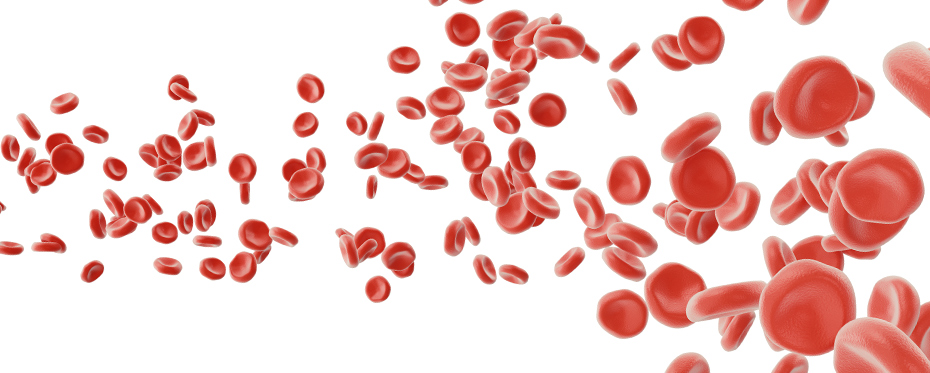Tag: virus
WHO moves mpox response to the next level

Mpox is an infectious disease caused by the monkeypox virus (MPXV). Outbreaks result from person-to-person spread through close contact, which may include sexual contact. In some settings outbreaks follow contact with an infected animal or consumption of contaminated meat. The World Health Organization (WHO) has released a new Strategic Framework for enhancing prevention and control of mpox in order to […]
Self-assembled nanomaterials fight viral outbreaks

Developing efficient ways to treat viral infections and control their spread in humans and animals has become a worldwide priority, especially since the COVID-19 pandemic. Traditional approaches to creating vaccines suffer from very long development and testing times which make them unsuitable for treating new viral infections. Dr Alaa F Nahhas at King Abdulaziz University, Kingdom of Saudi Arabia, shows […]
Read More… from Self-assembled nanomaterials fight viral outbreaks
Seasonal competition between mould spores and respiratory viruses

SARS-CoV-2, the virus that causes COVID-19, is one of a number of respiratory viruses that demonstrate a clear seasonal incidence. Professor Gregory Retzinger and colleagues have explored the relationship between influenza-like illnesses (ILIs), COVID-19 and bioaerosol burden. They found an inverse relationship between mould spores and cases of ILIs and COVID-19 which is potentially due to competition for the same […]
Read More… from Seasonal competition between mould spores and respiratory viruses
Lateral flow test detects SARS-CoV-2 neutralising antibodies

Novodiax Inc., under the guidance of Dr Jianfu Wang, has produced a novel lateral flow device called CoNAb. The device detects neutralising antibodies (NAbs) against SARS-CoV-2 (the virus responsible for COVID-19). Measuring NAbs is important to help us determine whether vaccination programmes are effective by measuring the level of immunity of vaccine recipients. They are also a vital tool for […]
Read More… from Lateral flow test detects SARS-CoV-2 neutralising antibodies
Engineering virus nanoparticles to modulate coagulation

Using chemistry, Dr Andrew K. Udit, Occidental College, Los Angeles, is exploring novel ways that bacteria-infecting viruses (bacteriophage) may be able to reverse the anti-clotting effects of heparin. By specifically engineering a bacteriophage nanoparticle known as Q-beta, he has identified several candidates and now focuses on optimising and understanding what makes these nanoparticles so effective, as well as further studying […]
Read More… from Engineering virus nanoparticles to modulate coagulation
Using physics to explore virus self-assembly

Through decades of research, biologists have determined that under the right conditions, viruses can assemble themselves from their constituent proteins. So far, however, many of the precise characteristics of this process have eluded researchers. Dr Guillaume Tresset at Université Paris-Saclay aims to fill these gaps in our knowledge through experiments that measure how x-rays are scattered by self-assembling viruses. His […]
Read More… from Using physics to explore virus self-assembly